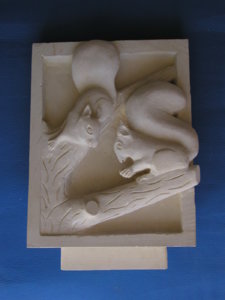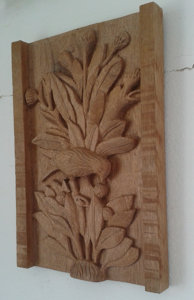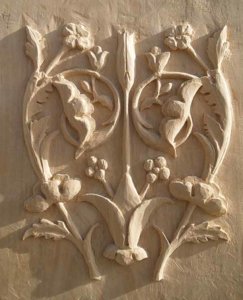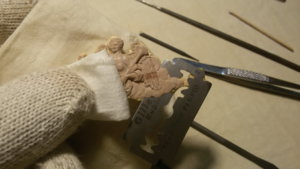- Joined
- Aug 16, 2019
- Messages
- 870
- Points
- 343

Doing carving is something that you have it or not
I do not have it, and always amaze to see talent like yours
I do figurine painting at the amatory level not great but not bad
I put you on the same level as Olga Kropotova for figurine painting a level that I just dream to attain. https://www.youtube.com/channel/UC3eCZzOktQT7RUG93VVvjkg
When you look at what you do it is something that you just dream of. The level of excellence is just well it is amazing.
I do not have it, and always amaze to see talent like yours
I do figurine painting at the amatory level not great but not bad
I put you on the same level as Olga Kropotova for figurine painting a level that I just dream to attain. https://www.youtube.com/channel/UC3eCZzOktQT7RUG93VVvjkg
When you look at what you do it is something that you just dream of. The level of excellence is just well it is amazing.












